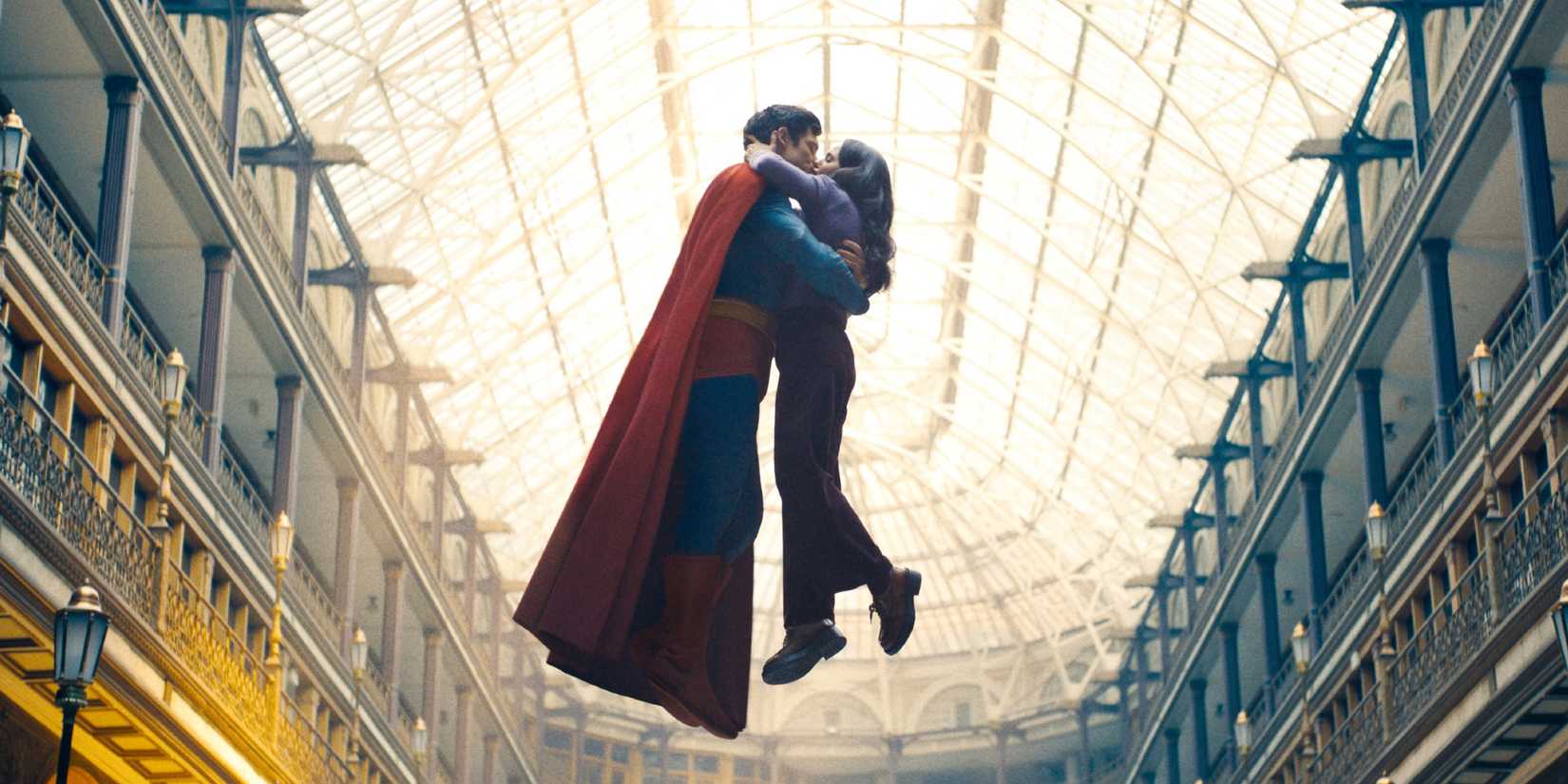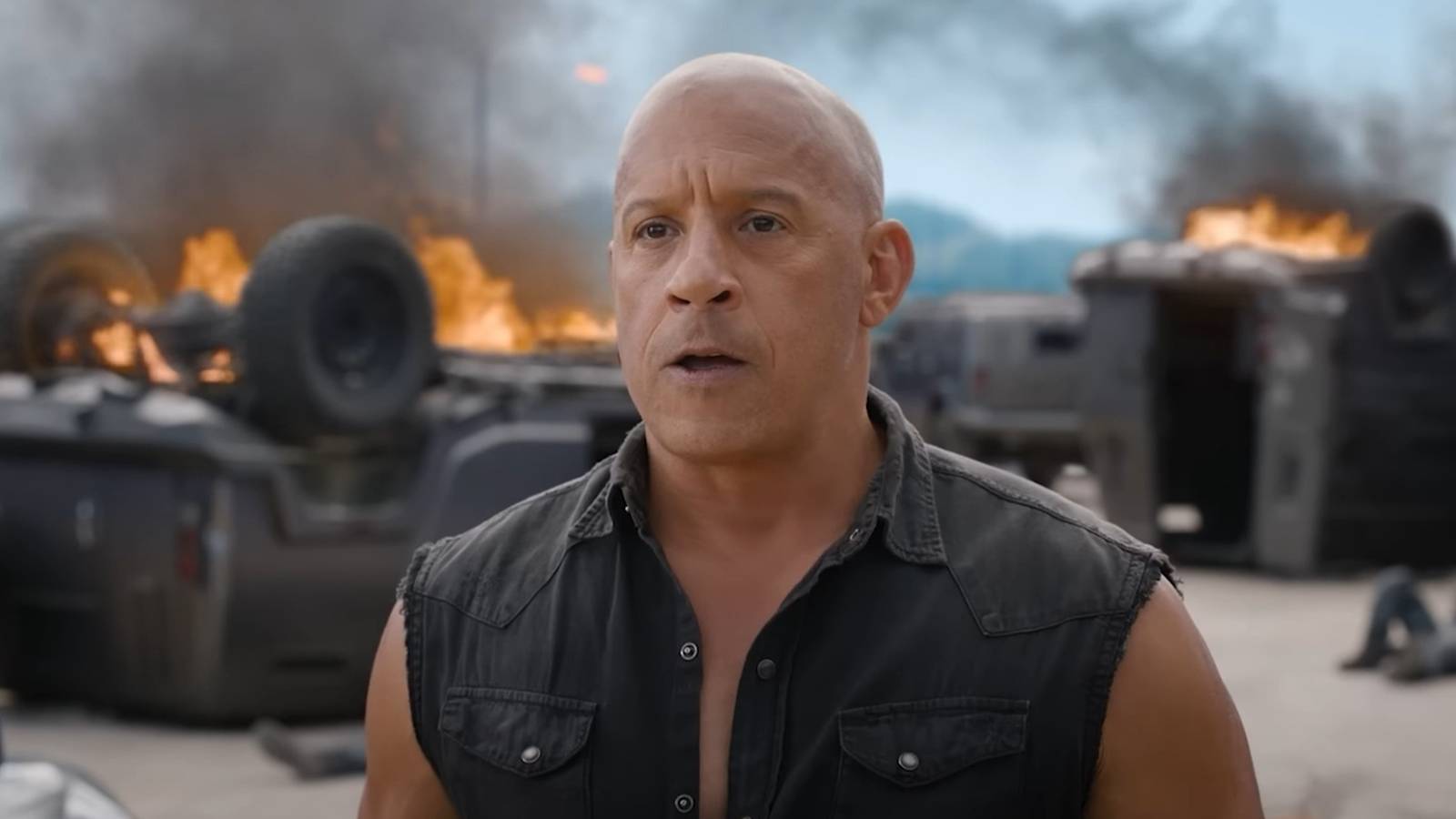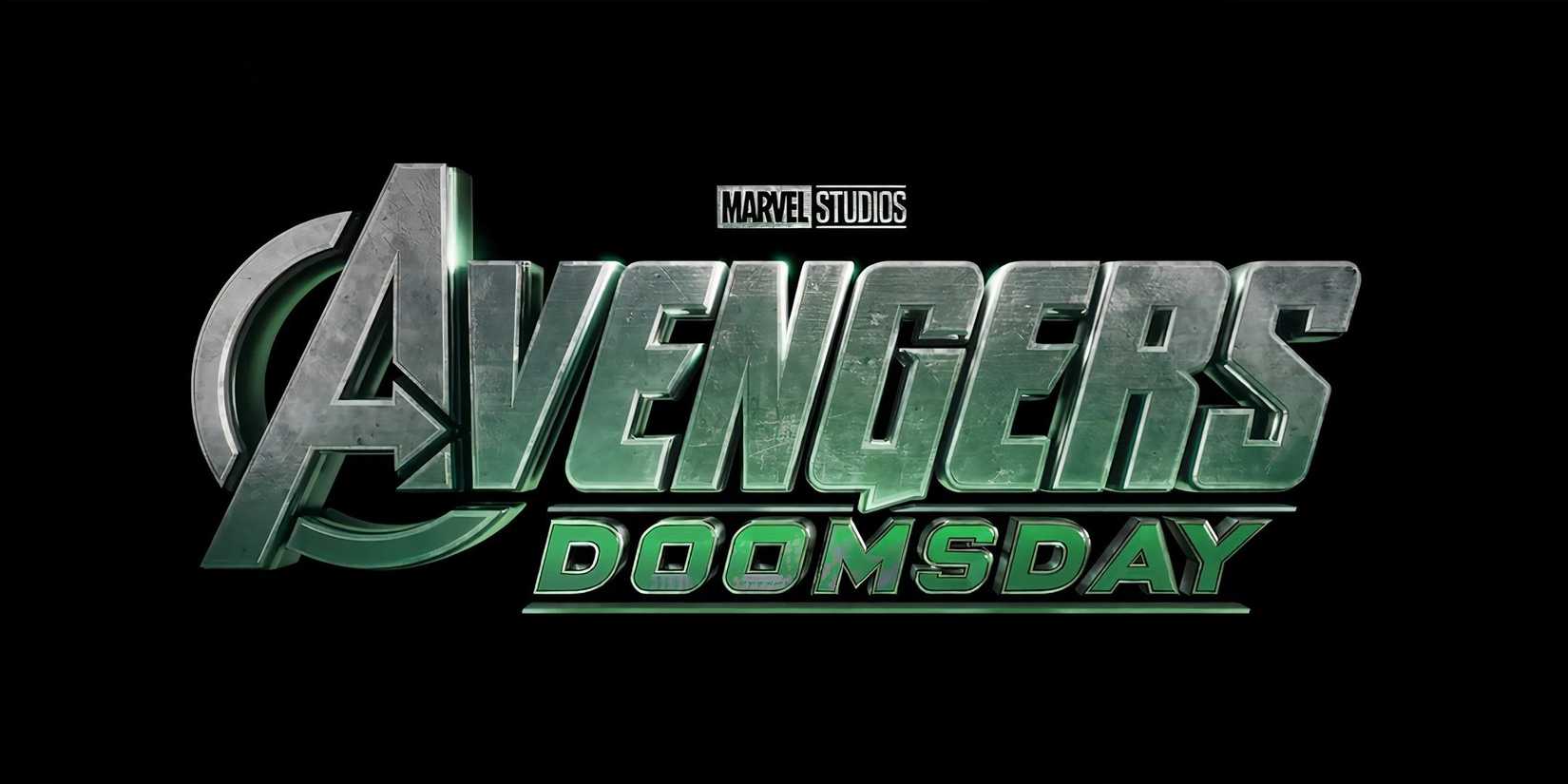For decades, Vikings have been a point of fascination in film and television. Known for their distinctive garb and brutality, the Vikings were Norse pirates, traders, and colonizers who were prominent in the 9th to 11th centuries. Their lives are portrayed most profoundly through the historical epic TV series Vikings, which ran from 2013 to 2020. The show featured a leading cast including Katheryn Winnick, Gustaf Skarsgård, Travis Fimmel, and Alexander Ludwig. The show was nominated for multiple Emmys, winning in 2020 for Outstanding Special Visual Effects in a Supporting Role.
Vikings have also worked their way into popular culture through fictionalized movies. In 2022, Nosferatu director Robert Eggers released the film The Northman, which followed a Viking prince on a journey to avenge his father’s murder. Vikings have even snuck their way into children’s media, playing a strong role in the How to Train Your Dragon series. This Viking universe will be re-explored with this year’s How to Train Your Dragon live-action movie, which comes out on June 13. Now, an earlier Viking movie has its accuracy reviewed by an expert.
The Vikings (1958) Gets A Mixed Accuracy Review
The Movie Gets A Lot Of Details Wrong
The Vikings movie is reviewed by a historian. The 1958 film is one of the earliest examples of a major movie about the Viking era. In this action-adventure epic, a Viking prince and a slave vie for the love of a princess. The movie was directed by Richard Fleischer and features a leading cast including Kirk Douglas, Tony Curtis, Janet Leigh, Ernest Borgnine, James Donald, Alexander Knox, and Maxine Audley. The film has a decent reputation, scoring a 77% Tomatometer on Rotten Tomatoes and a 72% Popcornmeter among audiences.
In an interview with Insider, historian William Short provides an accuracy rating for The Vikings. Short took issue with several aspects of The Vikings, including the types of weapons used in the battle. He also notes that the movie’s portrayal of Viking battle strategy was all wrong, showing boats approaching “side to side” when they should be “bow to bow.” He does appreciate the fight’s portrayal of “the intensity or the relentlessness” that is seen with Vikings. Overall, the expert provides the film an accuracy rating of 5 out of 10. Check out the full quote from Short below:
We know a fair amount about naval battle, because there’s quite a bit of detail in the sources about how Vikings fought at sea. But what was laughably funny about this clip was the people doing the throwing. So there’s two specialized spears that seem to be for naval battle in the Viking age. One of them is snærisspjót, a stringed spear. We can increase the range immensely and put a lot more power into the spear by throwing it with a string wrapped around the spear. So it’s, I would have expected to see these strings. The other spear is just a long, overgrown spear, a spear on steroids. And rather than throwing, it was more used for jabbing as the ships approached.
The ships approach side to side. And that’s not the way Vikings did it. They approached bow to bow, so front to front. And once they had touched, they’d grapple, they’d pull themselves in. That’s when the battle really began in earnest.
Their goal was to go the full length of the ship to kill the person in the stern. So it was like a land battle fought on a floating island on the deck of a ship. You’re forcing your way through, throwing everything off to the sides. Forcing their way through to get to the king. Can you imagine the kind of courage it took to do this? And, the word glory you would achieve if you did in fact kill the thing. So that part of the battle was pretty far off. I really expected to see a lot more of that kind of motion in a naval battle.
Because they had no shields, they were using their swords as a defense. They way they use their swords is as if they believe that no matter what you do, they’re not going to break. Well, Viking swords had a lot of strength, if you do edge on edge contact, very likely you’re going to create some kind of chip. And subsequent hits are going to cause that crack to propogate along the length of the blade. And the blade is going to break. And Vikings were really sensitive to that.
So the funeral we see in this clip is every person’s preconceived idea of what a Viking funeral was like. But not in any way supported by any source. Some Vikings were put into a boat or a ship, and the ship was buried, and the whole thing covered over. Some Vikings were put into a ship or a boat and burned. But it was always done on land. Suppose you did set a ship on fire, send it out, it’s going to burn to the water line. The sea is going to put out the fire, and the remannts are going to drift back to land. That’s not going to be very pretty. I’m going to have to rate this clip somewhere around a 5. Only for the fight. The fight had the power and the intensity or the relentless that we would expect to see in Vikings.
What This Means For The Vikings
Historical Accuracy Used To Be Less Of A Concern
Released in 1958, The Vikings was put out at a time when fact-checking was far less vital. Without the internet, the ordinary audience goer would not have nearly as much access to fact-checking as they do now. This also makes it more impressive that the movie was able to get as much correct as it did, as access to information was far less ubiquitous. Even if it is not all factually correct, The Vikings is still an important entry into the early Viking movie oeuvre.
Source: Insider/YouTube






